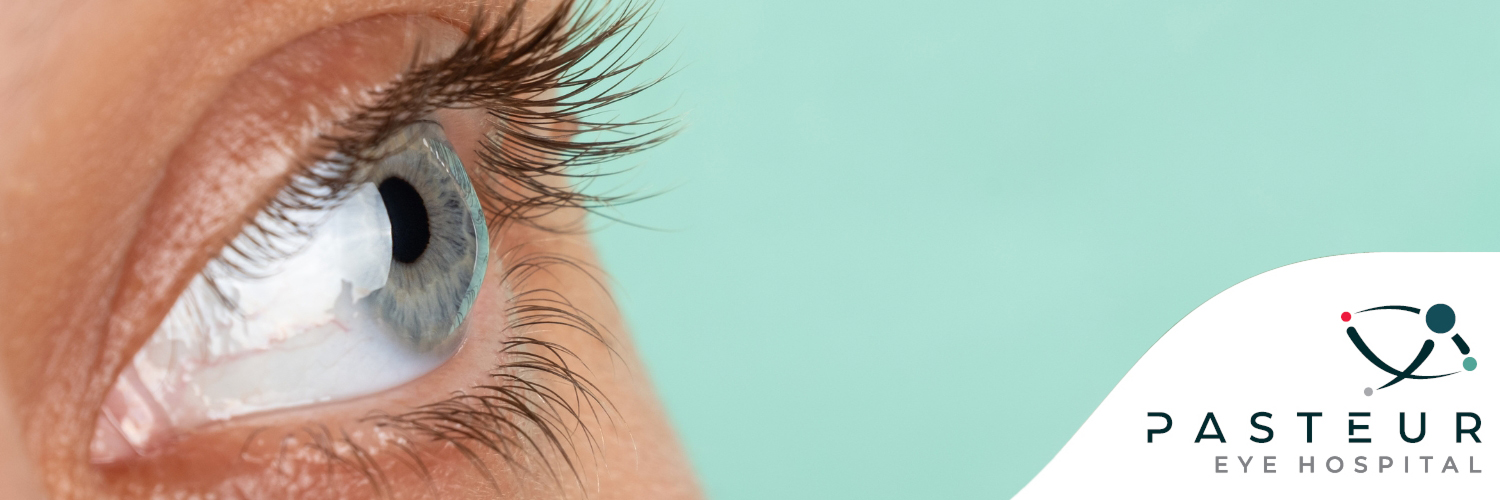Pasteur Eye Hospital
Eye Conditions
Contact Us

Astigmatism is a common eye problem that can blur your vision. It happens when your cornea (the clear front layer of your eye) or lens (an inner part of your eye that helps the eye focus) has a different shape than normal.
The only way to determine if you have astigmatism is to get an eye exam. Glasses or contact lenses can help you see better — and some people can get surgery to fix their astigmatism.

The most common symptoms of astigmatism are:
• Blurry vision
• Needing to squint to see clearly
• Headaches
• Eye strain
• Trouble seeing at night
If you have mild astigmatism, you might not notice any symptoms. That’s why getting regular eye exams is important — your eye doctor can help you ensure you’re seeing as clearly as possible. This is especially true for children, who may be less likely to realise that their vision isn’t normal.
Astigmatism happens when your cornea or lens has a different shape than normal. The shape makes light bend differently as it enters your eye, causing a refractive error.
Eye doctors can check for astigmatism as part of a routine eye exam. The exam is simple and painless.
The most common treatments for astigmatism are glasses or contact lenses. Your optometrist will provide you with the right lenses to help you see as clearly as possible. Doctors can also use surgery to treat astigmatism. Laser surgery changes the shape of your cornea so that it can focus light correctly.
If your astigmatism is mild, you may not need treatment. Your eye doctor can help you determine if you need to get treated and what treatment is best for you.
Pasteur Eye Hospital
Eye Conditions
Contact Us
© Copyright 2022 Pasteur Eye Hospital. All Rights Reserved.
No article or picture may be reproduced\published without the written consent of Pasteur Eye Hospital.
Managed with ❤️ by Cuberoo